Mysterious Britain & Ireland
Now a museum, Bolling Hall, parts of which which date from the 14th century, is one of Bradford’s oldest buildings. It would also appear to have a reputation for being haunted and has a famous legend relating to a white lady in what is known as the Ghost Room.
Dr John Donne (Born 1573 – Died 1631) was a Dean of St Paul’s and a poet, who had a strange experience which could be considered a crisis apparition. The following account of this experience was published in ‘The Haunted Homes and Family Traditions of Great Britain’ (1897) by John Ingram.
Trows are fascinating creatures found only in the folklore of the Orkney and Shetland islands. But, describing them accurately is difficult because sources are not clear. Folklorists have long insisted that the word “trow” is a corruption of “troll,” and that Orkney’s Trows descend from their Viking ancestors’ stories of Trolls.
The Grade II listed Gatehouse, a private residence, is all that now remains of Lostock Hall, a moated manor house demolished between 1816 and 1824. Lostock Hall was the ancestral home of the Anderton family.
Folklore is an integral part of any cultural heritage. Sometimes written off as childish fairytale, folklore deserves to be recognized as a valuable treasure trove of information about our own past. The tales and legends of folklore are the result of oral tradition handed down by mouth through the generations.
Langleys is a red brick 18th century house shaped as a H.
Now a heritage site, the listed Brisbane Jail, or Boggo Road Gaol, which closed in 1989 had a reputation of being haunted. The ghost is said to be Ernest Austin who was executed on 22 September 1913 for the rape and murder of Ivy Mitchell at Cedar Creek Road, near Samford.
Hinton Ampner House is a National Trust property and dates from 1790. The original house was about 160 feet to the North of this building and demolished in 1793 and it is this older Tudor residence that acquired a reputation of being haunted during the 18th century.
In an article entitled ‘Ghostly goings-on in the forest and beyond’, the Kent and Sussex Courier made the following refernce to a haunting on 23 December 2011.
In an article entitled ‘Ghostly goings-on in the forest and beyond’, the Kent and Sussex Courier referred to the following ghost in 23 December 2011.

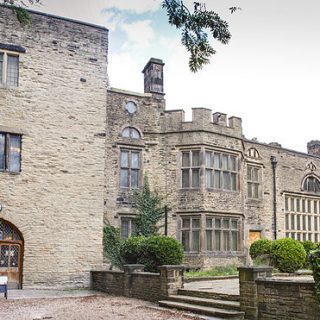

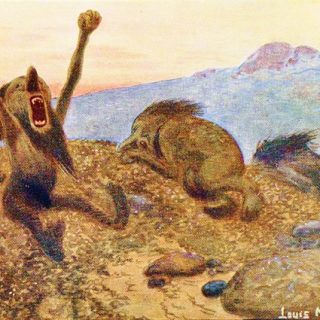
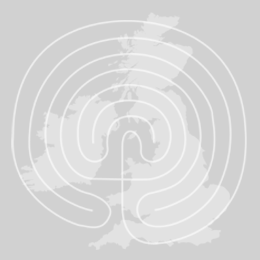
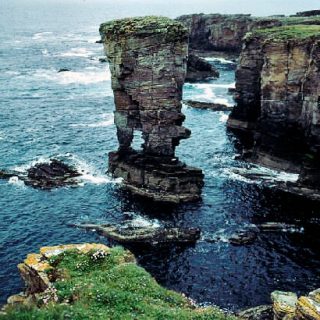
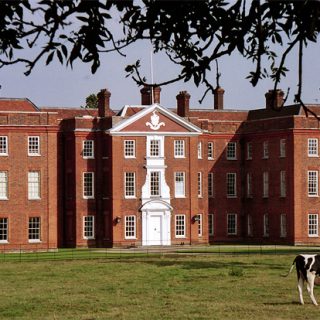
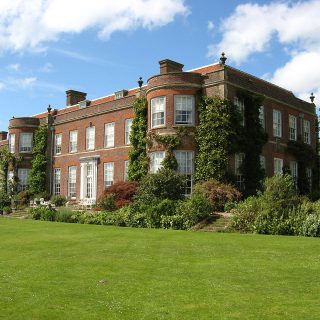
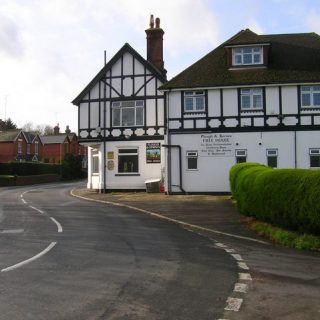
Recent Comments